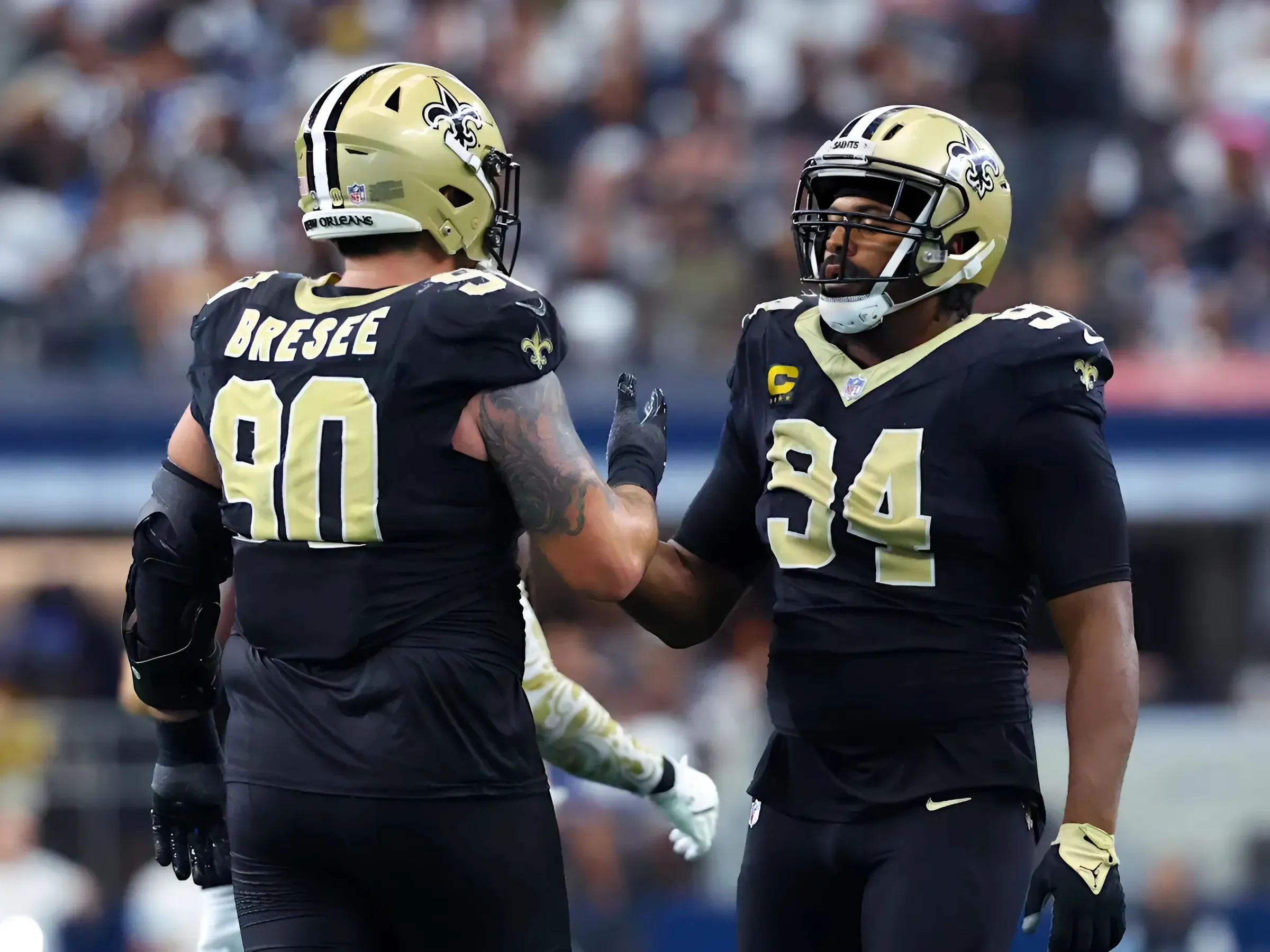If you were to identify the high point for the Montreal Canadiens this season, it occurred following the holidays, as the team put together some of their best outings of the rebuild, beating a long list of recent Stanley Cup winners in the process.

That impressive stretch put them in the conversation for the playoffs, albeit very briefly.
Hockey is a team sport, which means it’s very difficult to pin the highs and lows on just one player, but there was an event that preceded the team’s recent losses, and it was a situation that was out of almost everyone’s control.
From the very moment fourth-liner Emil Heineman was struck by a car in Utah, the team’s cohesion started to fall apart. It was particularly evident when evaluating the play of Jake Evans and Joel Armia, the two players who completed one of the best fourth lines in the NHL.
The Numbers Don’t Lie
To understand Heineman’s impact on the Montreal Canadiens, we have to take a look at how Evans and Armia have played without him.
Prior to the car crash, the fourth line was dominant. And I don’t use that word lightly.
They controlled 60 percent of the shots while they were on the ice, not to mention over 60 percent of the expected goals. They also held an edge in high-danger shots, which is quite rare on this team. Finally, they scored 11 goals and allowed just four, demonstrating that they weren’t just putting up excellent underlying numbers, they were outplaying their opponents by a wide margin, and it resulted in a big advantage in goals.
Thanks to Heineman’s penchant for taking advantage of every shift, we were treated to a steady feed of shots, hits, and plays that ended up sowing chaos in the offensive zone.
Montreal Canadiens Life Without Heineman
Things quickly went south once Heineman was no longer available to drive the play on the fourth line.
Evans and Armia have managed to control just 45 percent of the shots, and their expected goals dropped all the way down to 37.8 percent, while being outscored 3-10 in that stretch.
In other words, the fourth line went from being among the best trios in the NHL, relatively speaking, to a below-replacement line that hurt the team’s chances of winning.
Consequently, the team’s points percentage dropped to .393 while Heineman has been on the mend, essentially putting the playoffs out of reach.
Heineman’s injury also had a significant impact on Jake Evans’ production. Most of the attention was given to Evans while he was scoring at will, but Heineman actually produced more relative to his ice time (1.9 P/60).
While Evans was producing 1.88 points per 60 minutes of 5v5 ice time (P/60) with Heineman, it dropped to 0.37 P/60 without him. Another way of putting it is that the only player who has produced less than Evans in that stretch is defensive-defenceman David Savard. You could argue his shooting percentage was also a factor, but the fact remains Evans’ production dropped by over 80 percent.
The injury also revealed how fragile the Canadiens are when it comes to depth, with head coach Martin St-Louis struggling to come up with productive combinations once his fourth line was no longer punching above its weight class.
Fortunately, Heineman is expected to return to play once the 4 Nations Faceoff tournament is over, and given how well he played to start the season, combined with the possibility players such as Evans may be moved, he could be in line for a well-deserved uptick in ice time.
We tend to get bogged down in details when discussing certain players, but when it comes to Heineman, the actions powering his success are quite clear, and rather simple.
Speed, shots, and physicality.
All Montreal Canadiens statistics are 5v5 unless otherwise noted, via Natural Stat Trick.



